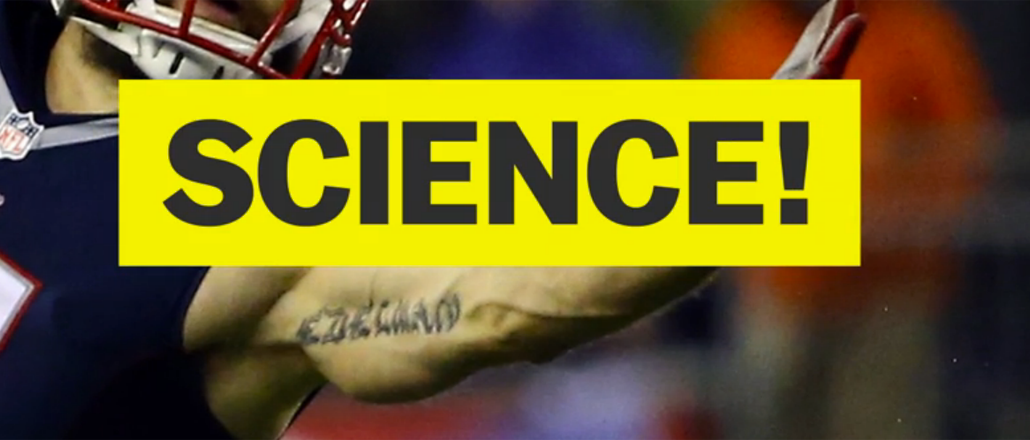
Facebook and Instagram have given their videos the silent treatment, and publishers are reacting to the limitations with a few creative workarounds.
When Instagram introduced autoplay video in 2013, it made a crucial tweak: muting the video by default. The feature soon made its way over to Facebook, which also mutes videos until users opt into audio. For some publishers, including NowThis, Fusion and Vox, this means videos that can be read as easily as they’re watched. Many have leaned on videos that are heavy on text overlays, which tell the story without voice-overs or other supporting audio.
“The idea is to make videos on these platforms volume-agnostic,” said Steven Belser, NowThis vp of production and creative. “It’s about giving people an option to watch both with audio and without it. Even with volume on, the text on screen doesn’t detract from the product in any way.”
That thinking has become core to NowThis’s Instagram strategy. Its coverage Monday of the unrest outside the Hot 97 Summer Jam, for example, tells the story with a combination of large text overlays on top of small snippets of video footage. The only audio comes in the form of sounds from the scene and some music. Clicking to put them on adds to the experience, but you get the drift without any sound.
At Vox, the audio-less video strategy gave birth to a two-minute long video about Deflategate, which explains the story with a series of animations, overlaid images — and no voice-over. That video’s been shared 118,602 times on YouTube and 30,291 times on Facebook.
Fusion, which has built its strategy around creating content especially for platforms, is also rethinking its Instagram and Facebook strategies for the new realities of silent video. The bulk of its current video on Facebook and Instagram consists of traditional fare that only makes sense with sound on, but it aims to tweak that with some of its upcoming projects.
“You can’t really bank on the audio channel anymore,” said Alexis Madrigal, editor-in-cheif at Fusion. “With YouTube, video is something that people go looking for; with Facebook and Instagram, it just appears as part of the feed.”
All of this means that publishers have to put more thought into other parts of their video presentation beyond audio. One of the most important components of Instagram videos, for example, is actually the screen-grab that appears as a teaser, according to Luke Carrell, strategy director at We Are Social.
“These platforms are forcing publishers to experiment with the impact of that initial image. That first frame is something that will get people to stop and linger there long enough for the video to continue playing,” he said.
But Belser said that, even if Facebook and Instagram did play audio by default, publishers would still have to tweak their strategies for the platforms, both of which are heavily mobile. While desktop watchers are likely to be solitary and have headphones on hand, neither can be as easily assumed with mobile viewers, who are often in situations where listening to audio is not an option, such as on a crowded bus or in a quiet library.
Brands are also finding clever workarounds for the audio limitations on Facebook and Twitter. Hotel-booking site Hotels.com recently created a video campaign whose content changes based on whether its audio is on or muted. Other brands are doing more with animation, cinemagraphs and stop-motion, which are more likely to catch users’ attention and tell stories without audio.
“Video isn’t one-size-fits-all, especially with these new platforms, which is why you’re seeing so many brands experiment early and often,” said Carrell.
More in Media

Digiday+ Research: Publishers’ growing focus on video doesn’t translate to social platforms
Major publishers have made recent investments in vertical video, but that shift is not carrying over to social media platforms.

Technology x humanity: A conversation with Dayforce’s Amy Capellanti-Wolf
Capellanti-Wolf shared insight on everything from navigating AI adoption and combating burnout to rethinking talent strategies.

How The Arena Group is rewriting its commercial playbook for the zero-click era
The company is testing AI-powered content recommendation models to keep readers moving through its network of sites and, in doing so, bump up revenue per session – its core performance metric.





